A self rising flour substitute could come in handy when you least expect it, especially if you bake frequently like me! Here you'll find a recipe for homemade self-rising flour as well as multiple alternative options you can use in a pinch. Your baked goods will still turn out wonderfully soft and fluffy, plus you don't have to take a trip to the store!
Best Substitutes For Self Rising Flour
When making bread, two ingredients are essential: flour and a leavening agent. Yeast has often been recognized as the primary leavening agent for bread.
While it is the most popular choice for making traditional bread, it is not the only option. In addition to yeast, many recipes call for other leaving agents like baking powder or baking soda.
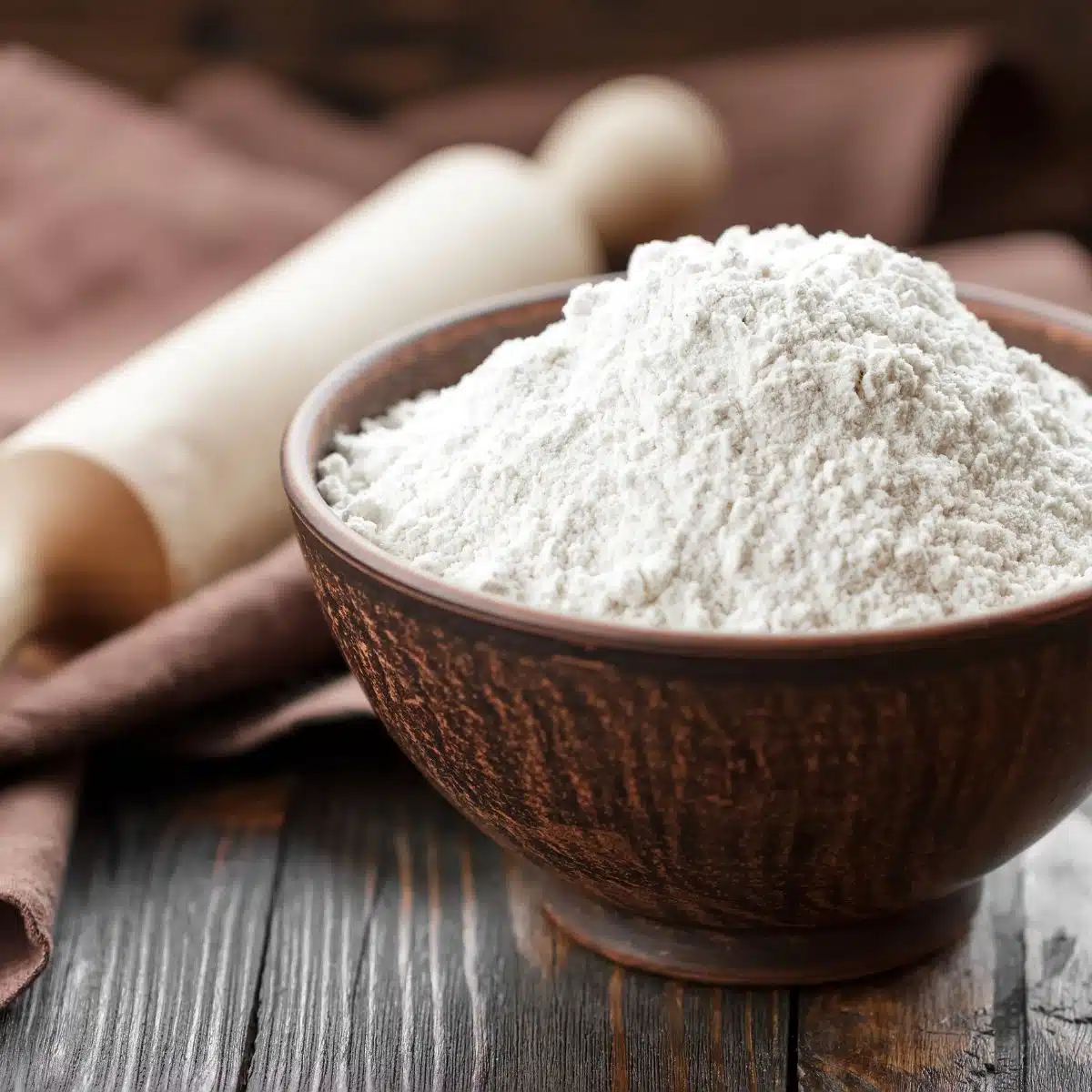
Jump to:
- Best Substitutes For Self Rising Flour
- What is Self-Rising Flour
- What is Self-Rising Flour Used For
- Best Substitutes for Self-Rising Flour
- 1. DIY Self-Rising Flour
- 2. All-Purpose Flour + Baking Powder
- 3. All Purpose Flour + Baking Soda + Cream of Tartar
- 4. All Purpose Flour + Baking Soda + Buttermilk
- 5. All Purpose Flour + Baking Soda + Vinegar
- 6. Baking Soda + Lemon Juice
- 7. Baking Soda + Molasses
- 8. Baking Soda + Honey
- 9. Gluten-Free Self-Rising Flour
- Choosing a Self-rising Flour Substitute
- 📖 Recipe Card
- 💬 Reviews
When a recipe uses baking powder as the leavening agent, the recipe may just call for self-rising flour. What is self-rising flour though? Moreover, what can you use as a substitute for self-rising flour?
What is Self-Rising Flour
Self-rising flour is simply all-purpose flour that has been mixed with baking powder and salt. Therefore, creating a flour that will naturally rise without the need for an added leavening agent.
What is Self-Rising Flour Used For
As mentioned above, yeast is often considered the go-to for helping bread to rise. However, while yeast is needed in many types of bread it is not needed in quick bread.
Quick bread like banana bread, zucchini bread, pumpkin bread, and even cornbread does not require yeast. However, they do still require a leavening agent – such as baking powder. Since self-rising flour already has baking powder in it, it is often used for these types of recipes.
In addition to quick bread, self-rising flour is also used to make other baked goods where the baking powder is the primary leavening agent. Pancakes, biscuits, and muffins can all be made with self-rising flour.
Best Substitutes for Self-Rising Flour
At the base of any substitute for self-rising flour is all-purpose flour. Since all-purpose flour is the most common type of flour to have at home, it is likely you already have this.
In addition, you need a leavening agent to add to your flour. This is where you have several choices of how to make a self-rising flour substitute.
Below are several choices of leavening agents that can be added to all-purpose flour to make your own self-rising flour. What you choose will depend on what you have available at home.
In addition, since you may have several leaving ingredients to choose from at your house, it may come down to your preference for the recipe you are making. Just know that whatever you choose, you will get yummy and fluffy baked goods!
1. DIY Self-Rising Flour
Before I jump into the other substitutes for self-rising flour the first choice is to make your own self-rising flour. This DIY recipe is essentially the same recipe used for making the self-rising flour that you purchase in the store.
Therefore, if you want to always have self-rising flour on hand simply make a large batch of this recipe. You can store it in an airtight container for future use. In addition, you can just keep these three ingredients on hand for making smaller batches as needed.
For today, I have provided the ratios for a small batch below because in a pinch these are the most common measurements you will need for a single recipe.
- 1 Cup all-purpose flour
- 1 ½ teaspoons baking powder
- ¼ teaspoon salt
Gently stir all the ingredients together in a bowl and use it as a 1:1 substitute for self-rising flour in any recipe.
2. All-Purpose Flour + Baking Powder
While the salt helps to activate the baking powder, it is not essential. Therefore, if you find yourself without a pinch of salt you can leave it out and just use baking powder and all-purpose flour.
- 1 Cup all-purpose flour
- 1 ½ teaspoons baking powder
3. All Purpose Flour + Baking Soda + Cream of Tartar
Baking powder is the base of any self-rising flour. However, it is not uncommon to find you are out of baking powder.
If you are out of baking powder, then you want to reach for baking soda. Baking powder is technically baking soda that has been combined with an acidic element. Therefore, you can make DIY baking powder by combining baking soda with an acidic ingredient.
The best acidic element to combine with baking soda for self-rising flour is cream of tartar. While this is not the most common thing to have in your pantry, you may be surprised to find a bottle hiding from a previous recipe. If you have baking soda and cream of tartar available, use the measurements below to make your self-rising flour substitute.
- 1 cup all-purpose flour
- ¼ teaspoon baking soda
- ½ teaspoon cream of tartar
4. All Purpose Flour + Baking Soda + Buttermilk
While the cream of tartar may not be accessible there are several other acidic compounds you may have in your kitchen. One of these is buttermilk. Combine buttermilk with baking soda and flour to get another substitute for self-rising flour.
- 1 cup all-purpose flour
- ¼ teaspoon baking soda
- ½ cup buttermilk
When using buttermilk (or any other liquid below) it is important to adjust the other liquids in your recipe. Therefore, count the buttermilk as part of the liquids.
For example, if your recipe calls for 1 cup of milk (or water) and you use ½ cup of buttermilk to activate the baking soda, you will only use ½ cup of milk that the recipe calls for.
5. All Purpose Flour + Baking Soda + Vinegar
Another household item you can use to activate the baking soda is white vinegar or apple cider vinegar.
- 1 cup all-purpose flour
- ¼ teaspoon baking soda
- ½ teaspoon vinegar
While this is not as much liquid as the buttermilk needed, you can still adjust your recipe accordingly by leaving out a ½ teaspoon of liquid. However, since it is such a small amount you will also be okay to not make any changes to the liquid in the recipe.
6. Baking Soda + Lemon Juice
Lemon juice is a great acidic component to mix with baking soda. Keep in mind that while it is a small amount, the more you use the more it will add a tanginess to your recipe.
- 1 cup all-purpose flour
- ¼ teaspoon baking soda
- ½ teaspoon lemon juice
7. Baking Soda + Molasses
Molasses may seem like an odd choice, but due to the way molasses is made, it has an acidic base. Therefore, when combined with baking soda it will activate the leavening qualities.
- 1 cup all-purpose flour
- ¼ teaspoon baking soda
- ⅓ cup molasses
Like buttermilk, you need a larger amount of molasses than you do other ingredients. Therefore, it will impact the overall consistency of your batter. In addition, it will add a bit of a rich caramelly flavor to your baked goods.
For the best results, treat molasses the same as buttermilk and count it as ½ of the liquid needed for your recipe. Moreover, consider if the molasses flavor will pair well with the other flavors in the recipe.
8. Baking Soda + Honey
If you do not have molasses at home, honey can also be used to activate the baking soda. Again, keep in mind that this will impact the consistency and flavor so adjust as needed.
- 1 cup all-purpose flour
- ¼ teaspoon baking soda
- ⅓ cup honey
9. Gluten-Free Self-Rising Flour
If you are in search of a substitute for self-rising flour that is gluten-free you need to look for a gluten-free flour that is a blend of several flours. For example, something like Bob’s Red Mill gluten-free flour.
These blends will react better with the baking powder or baking soda combinations above. However, a single gluten-free flour such as oat flour or any nut flour will not react with the leavening agents.
Another option is to search for a pre-made gluten-free self-rising flour. This will ensure the best results.
Choosing a Self-rising Flour Substitute
If you want to make your own self-rising flour substitute and you have all the ingredients listed in the DIY recipe, that is the best choice. It will provide the closest result to the self-rising flour purchases in the store.
However, if you find yourself in a pinch, any of the suggestions above will work. Simply keep in mind how the use of certain ingredients such as buttermilk, vinegar, or lemon juice may impact the flavor. Whatever you choose, you will get a rise in your baked goods and a similar texture to the pre-made self-rising flour.
>>>>See all of my recipes here<<<<
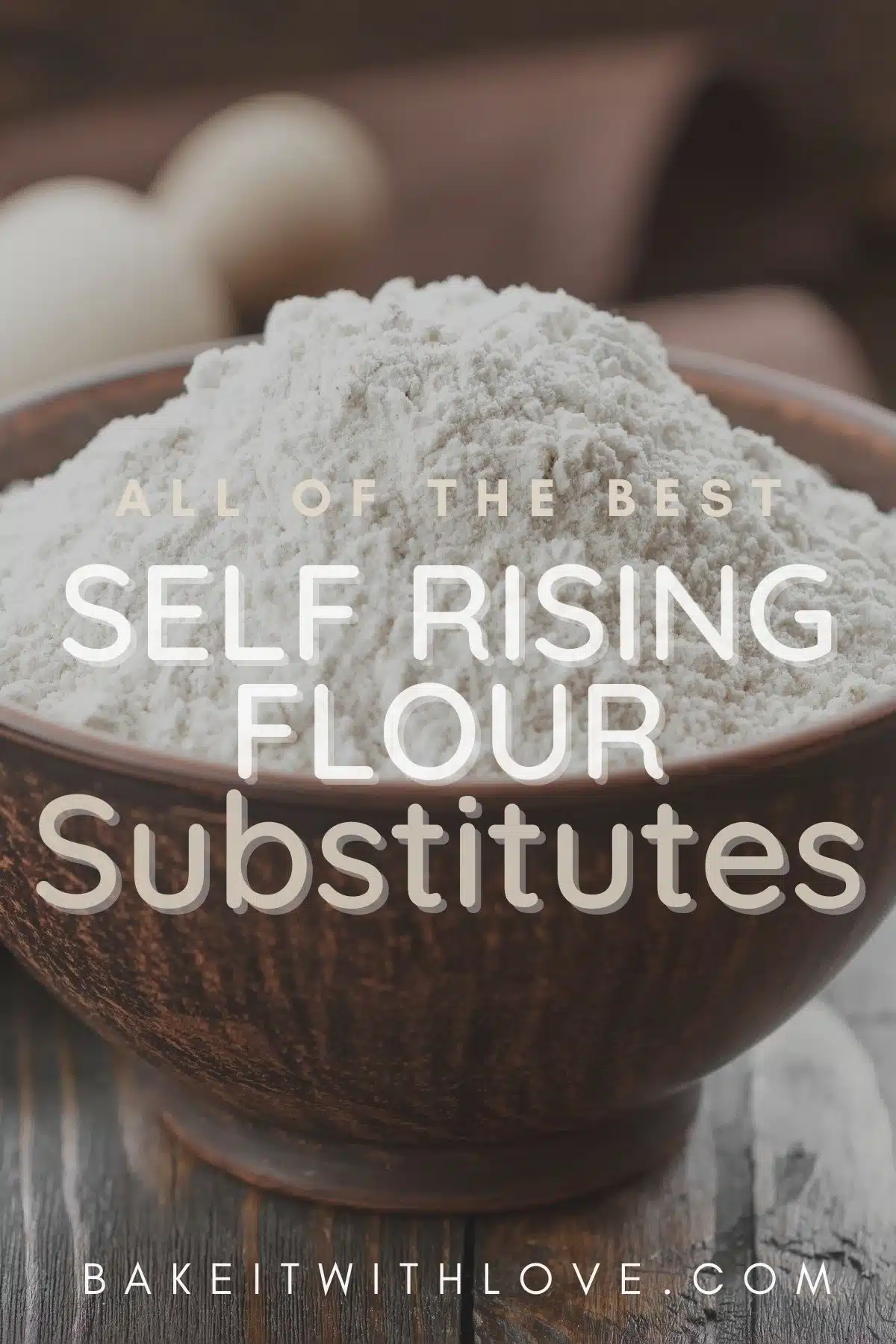
No matter which of these self-rising flour substitutes you choose, your baked goods should still turn out delightfully fluffy and soft as if you used the real thing! Let me know how your recipe turns out in the comment section below!
Do you love a recipe you tried? Please leave a 5-star 🌟rating in the recipe card below and/or a review in the comments section further down the page.
Stay in touch with me through social media @ Pinterest, Facebook, Instagram, or Twitter! Subscribe to the newsletter today (no spam, I promise)! Don't forget to tag me when you try one of my recipes!
📖 Recipe Card
Best Self Rising Flour Substitute: DIY Self Rising Flour (+More Tasty Alternatives!)
Ingredients
- 1 cup all-purpose flour
- 1 ½ teaspoon baking powder
- ¼ teaspoon salt
Instructions
- Measure out your flour, baking powder, and salt.
- Combine all ingredients in a mixing bowl and whisk to combine.
- Use as a 1:1 substitute for self-rising flour or store in an airtight container for later use.


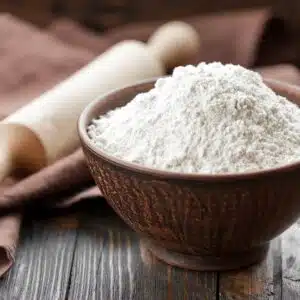
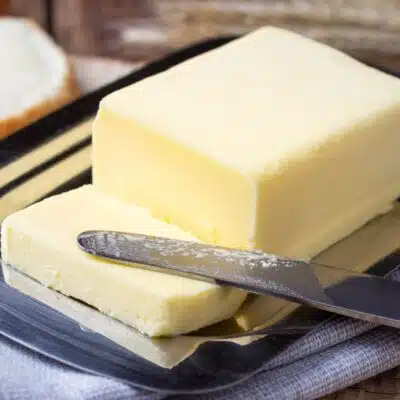
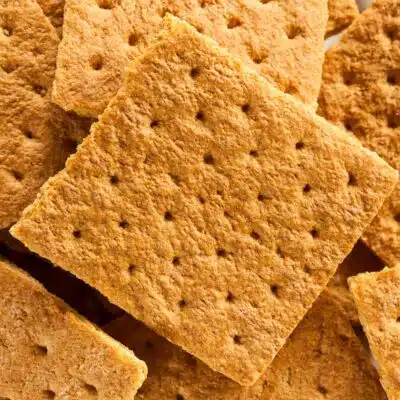
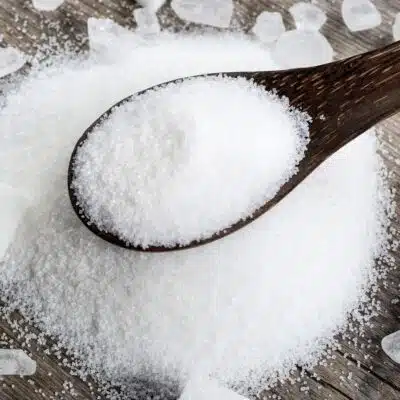

Comments
No Comments